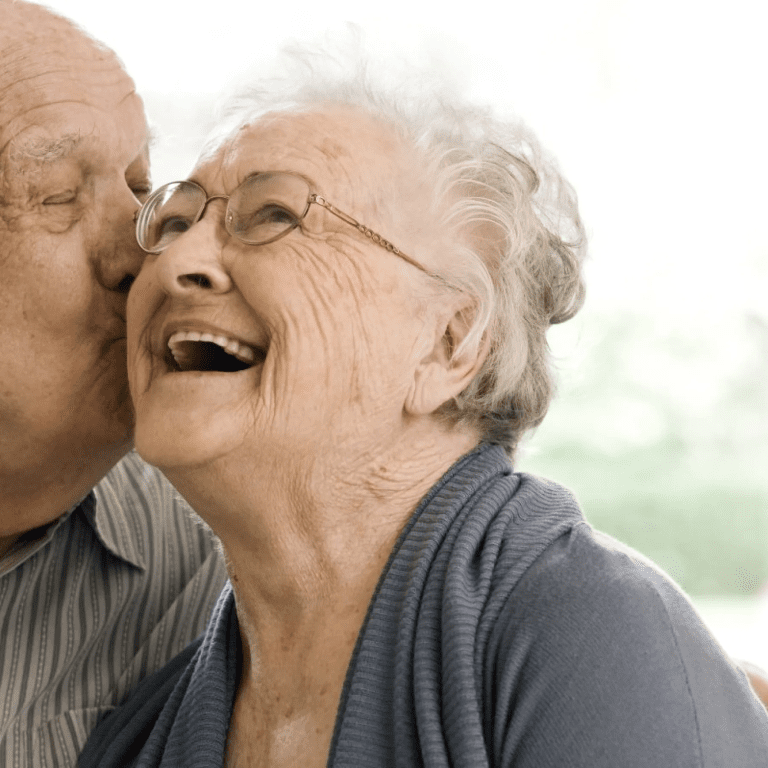Aging is a natural process that brings wisdom, experience, and cherished memories. Yet, along with these gifts come subtle changes, including the phenomenon colloquially known as “old person smell.” While often misunderstood, this distinct scent is a scientifically explained occurrence. By understanding its causes and addressing it with care, we can help ourselves and our loved ones age gracefully.
What Is “Old Person Smell”?

Contrary to common misconceptions, the “old person smell” isn’t a result of poor hygiene. It’s primarily caused by a naturally occurring chemical compound called 2-nonenal. This compound is produced when fatty acids on the skin break down due to oxidation, a process that intensifies with age.
As people grow older, their bodies produce more fatty acids, while antioxidant levels decline. The combination leads to increased levels of 2-nonenal, which creates a slightly musty or oily scent often associated with aging. This odor tends to be more noticeable on areas of the body with higher oil production, such as the chest and back.
The Role of Health and Medications
Certain health conditions and medications can also influence body odor. For example, illnesses like diabetes or kidney disease can alter the body’s waste elimination processes, resulting in distinctive scents. Medications that affect metabolism may further contribute to changes in body chemistry, amplifying odors.
Interestingly, research published in the Journal of Investigative Dermatology in 2001 revealed that nonenal can linger on clothing even after washing. This means the odor is not confined to the skin but can embed itself into fabrics over time, highlighting the importance of both personal and environmental hygiene.
Evolutionary Theories Behind the Scent
A 2012 study suggests that the human ability to detect age-related scents may have evolutionary roots. Just as animals use scent to assess the health and age of their peers, humans might subconsciously detect similar cues. This could foster connections to older generations or provide insights into vitality. While this perspective is fascinating, it doesn’t diminish the desire to manage and minimize unwanted odors for comfort and social ease.
How to Manage and Reduce “Old Person Smell”
The good news is that several practical solutions can help minimize the effects of 2-nonenal. These strategies focus on personal care, environmental hygiene, and lifestyle adjustments.
1. Prioritize Proper Skin Care
While regular washing is essential, using products specifically designed to neutralize 2-nonenal can make a big difference. In Japan, where this issue is widely recognized, soaps containing persimmon extract are popular for their ability to combat the compound effectively. Incorporating such specialized cleansers into a daily routine can significantly reduce odor.
2. Refresh Clothing and Fabrics Regularly
Since nonenal accumulates in fabrics, it’s essential to wash clothing, bedding, and towels frequently. Opt for detergents designed to tackle stubborn odors and consider adding natural deodorizers like vinegar to the laundry cycle. Airing out clothing and ensuring proper storage in well-ventilated areas can also help.
3. Maintain an Active Lifestyle

Exercise is not just good for overall health—it can also help regulate hormone levels and reduce fatty acid production on the skin. Additionally, staying active improves circulation and supports the body’s natural detoxification processes, indirectly reducing the production of 2-nonenal.
4. Eat a Balanced, Antioxidant-Rich Diet
A diet rich in antioxidants can combat oxidative stress and reduce the formation of 2-nonenal. Foods like berries, leafy greens, nuts, and seeds are excellent sources of antioxidants. Staying hydrated is equally important, as it supports healthy skin and prevents dehydration-related odors.
5. Ventilate Living Spaces
Sometimes, the “old person smell” isn’t just from the individual but from their environment. To address this, ensure that rooms are well-ventilated and free of musty odors. Using air purifiers, incorporating indoor plants, and regularly cleaning upholstered furniture and carpets can improve air quality significantly.
6. Approach the Topic with Sensitivity
Discussing body odor can be a delicate subject, especially with older loved ones. Approach the conversation with kindness and empathy, focusing on solutions rather than criticisms. Aging is a natural part of life, and everyone deserves to feel comfortable and respected.
Specialized Products: Do They Work?
The market for odor-neutralizing products has grown significantly, particularly in countries like Japan. From deodorizing sprays to soaps and lotions, these products target 2-nonenal effectively. Ingredients like persimmon extract have shown promising results, making such products a worthwhile investment for those looking to manage age-related odors.
However, it’s essential to remember that individual results may vary. Experimenting with different products can help determine what works best for each person.
Why Understanding “Old Person Smell” Matters

Addressing the phenomenon of “old person smell” isn’t just about aesthetics—it’s about promoting comfort, confidence, and dignity. By understanding its causes and taking proactive steps, we can help aging individuals feel their best while maintaining strong social and familial connections.
Moreover, this understanding fosters compassion. Aging is a privilege, and the changes it brings—whether physical, emotional, or sensory—are part of the human experience. Acknowledging these changes with empathy strengthens relationships and supports the well-being of our elders.
Conclusion: Embrace Aging with Care and Understanding
The so-called “old person smell” is a scientifically explained and manageable aspect of aging. By focusing on personal hygiene, maintaining a healthy lifestyle, and addressing environmental factors, we can effectively reduce unwanted odors and improve quality of life.
Ultimately, aging is a journey marked by growth, resilience, and the accumulation of wisdom. Every wrinkle and every change tells a story of a life well-lived. By embracing these changes with compassion and care, we can celebrate the richness of aging while ensuring comfort and dignity for ourselves and our loved ones.


